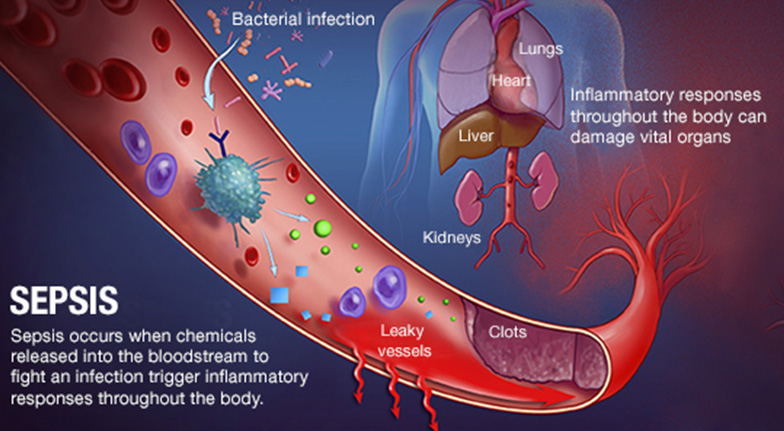Most Common Symptoms of Lung Cancer
Cancer Some people with early lung cancer do experience symptoms, but for the most part, symptoms don't appear until cancer has spread. If you visit the doctor as soon as you start experiencing symptoms, your cancer may be identified earlier, when treatment is more likely to be successful.
The
majority of these symptoms are typically brought on by conditions other than
lung cancer. In the early stages, there are usually no indications
or symptoms. Lung cancer symptoms appear as the disease advances.
Cancers and
their types
Doctors classify cancer into different categories
based on where it starts. There are four main forms of cancer:
1.
Carcinomas:
The skin or the tissue that covers the surface of internal organs and glands is
where a carcinoma develops. Carcinomas are often solid tumors. Cancers in this
class are the most frequent. Prostate cancer, breast cancer, lung cancer, and
colorectal cancer are all examples of carcinomas.
2.
Sarcomas:
Sarcomas start in the body's supporting and connecting tissues. Fat, muscles,
nerves, tendons, joints, blood arteries, lymph vessels, cartilage, and bone can
all form sarcomas.
3.
Leukemias:
Leukemia is a type of blood cancer. When healthy blood cells begin to alter and
multiply uncontrollably, leukemia develops. Acute lymphocytic leukemia, chronic
lymphocytic leukemia, acute myeloid leukemia, and chronic myeloid leukemia are
the four main kinds of leukemia.
4.
Lymphomas:
Lymphoma is a malignancy that starts in the lymphatic system and spreads
throughout the body. The lymphatic system is a collection of tubes and glands
that aid in the battle against infection. Lymphoma is divided into two types:
Hodgkin lymphoma and non-Hodgkin lymphoma.
The
following are the most common symptoms of lung cancer:
1.
a cough that persists for more than
two or three weeks
2.
a persistent cough that is getting
worse
3.
Infections in the chest that
continually reappearing
4.
blood is coughed up
5.
a throbbing or aching sensation
when breathing or coughing
6.
chronic shortness of breath
7.
Tiredness or a lack of vitality
that persists
8.
Appetite loss or unexplained weight
loss
What causes
cancer to spread?
The circulation or lymphatic system may transmit
cancer cells to different parts of the body as a cancerous tumor grows. The
cancer cells multiply and may form additional tumors as a result of this
process. This is referred as metastasis.
The lymph nodes are one of the primary areas where
cancer spreads. Lymph nodes are little bean-shaped structures that aid in
infection prevention. They're found in clusters across the body, including the
neck, groin area, and under the arms.
Cancer can potentially travel to other parts of the
body through the bloodstream. Bones, liver, lungs, and brain are examples of
these parts. Even if cancer spreads, it will be named after the town where it
first appeared.
Cancer Diagnosis
A diagnosis frequently starts when a patient contacts
a doctor with an uncommon symptom. The patient will discuss their medical
history and current symptoms with the doctor. The doctor will then do a number
of tests to determine what is causing these symptoms.
But many cancer patients show no signs of the disease.
These people's cancer is discovered while undergoing a test for another ailment
or disease.
List of 13
Most Common Cancers
1.
Breast cancer
2.
Lung Cancer
3.
Prostate Cancer
4.
Colen and Rectal Cancer
5.
Melanoma (Skin)
6.
Bladder Cancer
7.
Non-Hodgkin’s lymphoma
8.
Kidney (renal cell and renal
pelvis) cancer
9.
Endometrial cancer
10.
Leukemia (all types)
11.
Pancreatic cancer
12.
Thyroid cancer
13.
Liver and intrahepatic bile duct
cancer
Rate of
5-year survival
The 5-year survival rate contrasts the survival of
those who have been diagnosed with cancer with that of those in the general
population who have not.
Remember that no two persons are alike in every way.
Individual differences in therapy and response to treatment can be significant.
Because survival statistics are based on vast
populations of individuals, they cannot be used to make precise predictions
about what will happen to a particular person.



Comments
Post a Comment